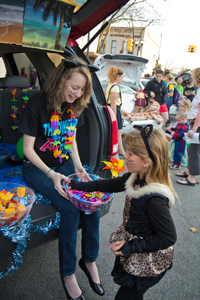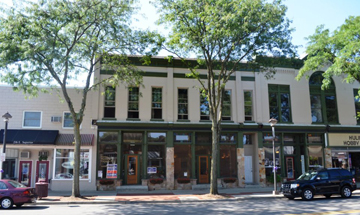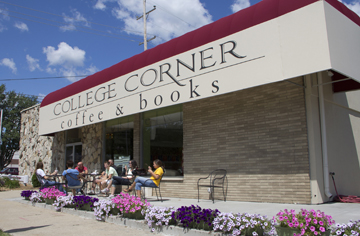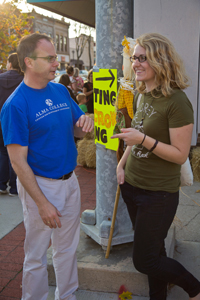Anyone who recognizes this particular saying will recall it as the refrain from Sargent Joe Friday of the once popular police series, Dragnet. I title this particular blog in that manner because one of my primary goals these days is to get people to understand the facts about our society and the impact these facts have on public policy decision making.
Having attended the recent AARP “Aging in Place” conference (which the Michigan Municipal League and others co-sponsored), the message and strategies that my organization and others have been advocating about the need to invest in building vibrant communities was once again affirmed not by political or special interest rhetoric, but by facts.
Demographic and market research surveys presented by a number of speakers prove out that the trends that were identified several years have not changed. And unless policy makers truly understand what is occurring, they will continue to use scarce resources to make the same bad investments as they have in the past. So here, they are…just the facts.
Census figures continue to show that as compared with the United States as a whole, Michigan has a greater percentage of those aged 65 and older (15% to 13%) and less people in the 18-34 years age bracket (22% to 24%). Nothing we didn’t already know. But we need to slice into the numbers further to show what is occurring.
Michigan also has less in the way of younger singles/couples (18% to 24%), less in the way of families (29% to 30%), and more in the way of empty-nesters/retirees (53% to 46%). Let’s keep digging. deeper.
We hear a lot of talk about the need to accommodate families. And yet, census figures show that households with children in Michigan make up barely 32% of our population. And of that number, only 20.4% of Michigan households are those that have a married couple with children. Let me repeat that, barely one-fifth of our state’s population is married couples with children!
If not families, then what is the make-up of Michigan’s 21st century households. The fact of the matter is that a large majority of Michigan’s population, 61.8%, is made up of one or two-person households. National figures show the same. About one-third of all households across the country are those with children, and that number is project to fall to 25% over the next 20 years.
So why is it that policy makers concentrate on a picture of society from the “Leave it to Beaver” days?
Overall the demographics are clear, the two largest groups in American society today are baby boomers (born between 1946 and 1964) and millennials (born between 1977 and 1996). But perhaps, the interesting piece of this puzzle is that those baby boomers and the millennials have provided the same answers time and again as to what they’re looking for in a community. And, it comes down to affordable housing, transportation options, safe/walkable streets, open spaces and parks, convenient shopping and services and cultural amenities.
We don’t have much time folks. Other states are well aware of these trends as well and many have taken or are taking actions to work with leaders in the public, private and non-profit sectors to invest in building communities for all ages, not just any one particular demographic. We need to get to busy.
For more information check out:
MML Center for 21st Century Communities
AARP Public Institute for Livable Communities
MIPlace Partnership Initiative
Michigan Office of Services to the Aging Community for a Lifetime


















